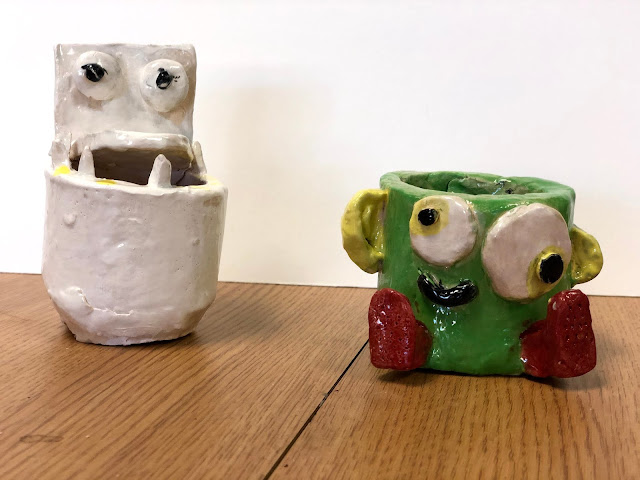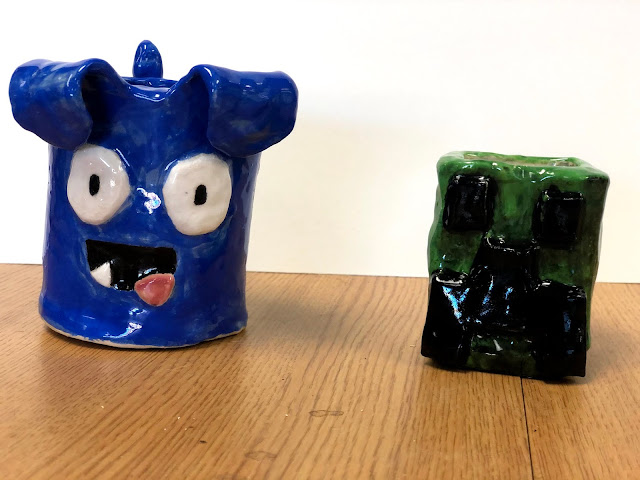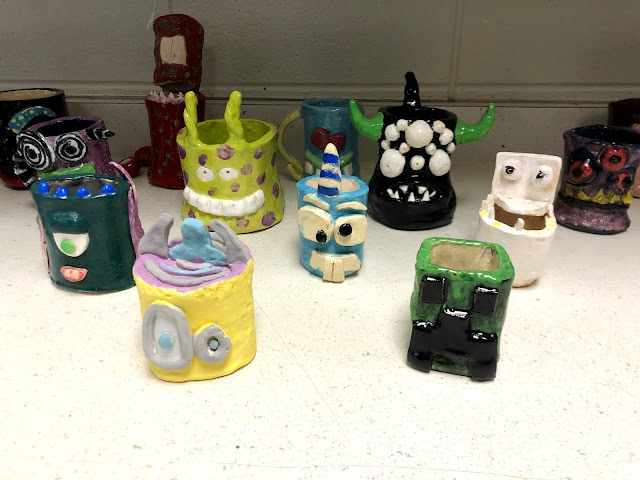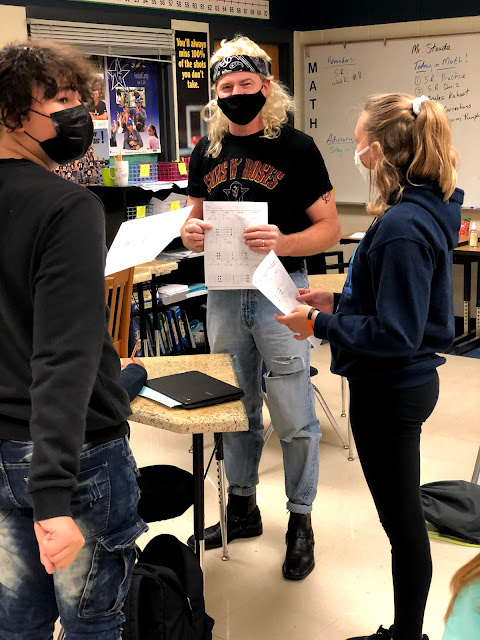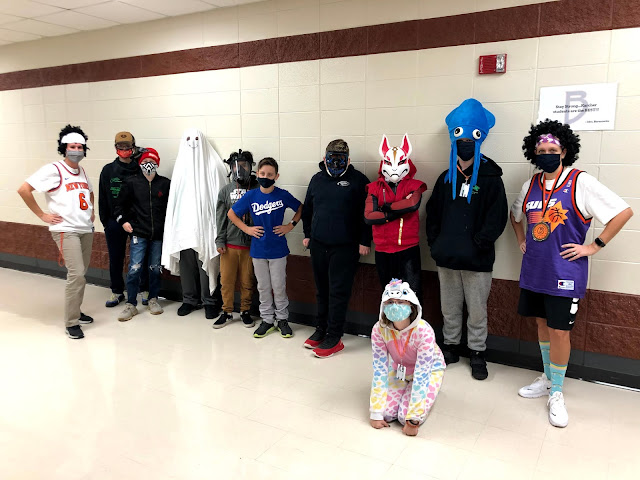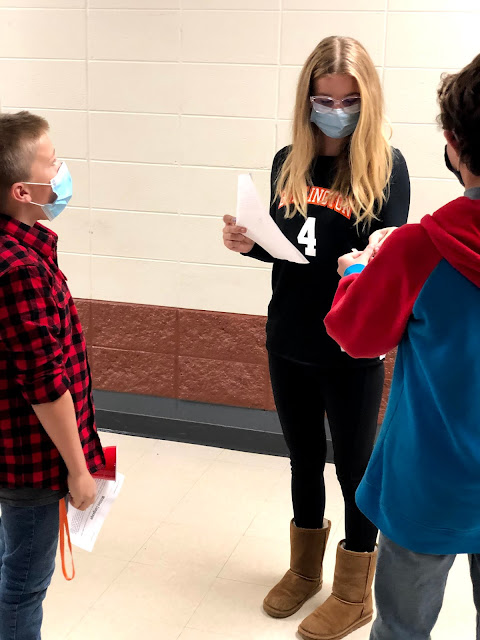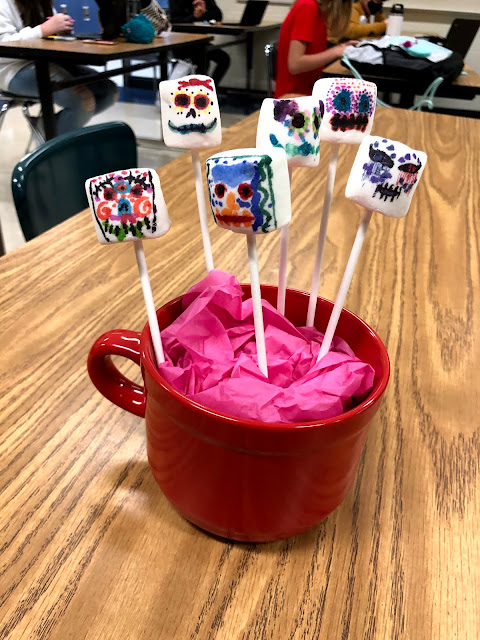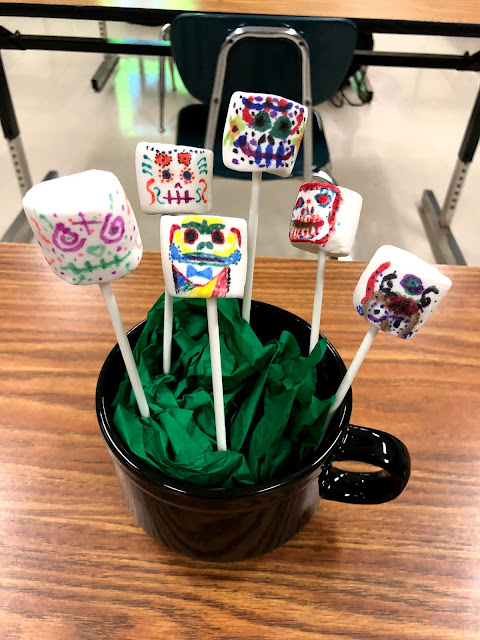KUDOS!
- Though Kris Thomsen is now at Waller, I thought I would share the great news!!! Kris is a GRANDMA now! The little guy's name is Landon Scott! He was born on November 25th and weighed 8 lbs 6 oz... 22 inches long!
Article this week! When reading this article it really was an impactful read. As we straddle between two holiday breaks I, myself, am reminded of how difficult holidays can be for some adults around me but also for some of our students. We notice an up tick in meltdowns from students during this timeframe - and that is when we are not in a pandemic. As the weeks and days ahead come and go remember just how very important each and every one of you is to our students. They trust you and hope you always see the good that they bring to the table. School brings structure and calm to so many of our kiddos... they depend on the calm of school when life may feel like chaos is swirling around them. What you do everyday is amazing work for and with students! Continue to remember the power you hold in these weeks ahead and continue to do the amazing work we see you doing each and everyday!!! Be the calm in our students lives!
In a Time of Calamity, What Do Children Need from Us?
We may not have all the answers, but we can give children our care—and our presence.
Teachers and parents have always faced a tough balancing act when it comes to the children in our care. How much of our job is to shield them from the ugly parts of the world, and how much is to help them learn, process, and prepare for that ugliness?
It's a little simpler when it comes to teaching about the past. Our society has had decades to figure out developmentally appropriate ways to teach children about slavery, the Holocaust, and the Vietnam War. It's harder when brutal events unfold in real time. The toll of the COVID-19 pandemic, the ongoing murders and abuse of Black men and women at the hands of police officers and white supremacists—these contemporary terrors are harder for educators to navigate with young children. Pretending they don't exist isn't an option. Kids have always known more about what's going on than adults realize, even before a flood of images and information became available to anyone with access to an iPhone.
So how do teachers working with children in early elementary grades help them make their way through a period that, if it were a movie, would likely be rated R for violence and disturbing imagery?
Educator Wisdom
Teaching parallels parenthood in some fundamental ways. Moms and dads can never foresee or prepare for every struggle our children will have to endure. But parents possess a well of wisdom, instinct, and knowledge to draw from. We know our children deeply. We have an intuitive sense of what they need from us, even when the particulars of a new situation take time to puzzle through.
Teachers haven't before faced the particular set of problems we're now dealing with. But we can draw on our own years of teaching experience, along with the wisdom of all those who taught in troubled times before ours, to meet the needs of this moment.
Deep down, we already have a sense of what students need from us right now. They need us not only to speak our truths, but to listen deeply to theirs. We need to tell our young students, through words and actions, that they are loved. To make sure they know that while they might have to face some sad and scary parts of the world, they'll never have to face them alone.
Here are four things we can do, this year and in the better years to come, for children who need us now more than ever.
1. Teach Them to "Look for the Helpers"
Mr. Rogers was arguably the best person in history at helping children make sense of calamity, from racial hatred to the assassination of Bobby Kennedy. A Washington Post story captured his approach in its title of an article about him: "‘Some Sad and Scary Things': Mister Rogers Consoled Kids by Telling Them the Truth."
His advice to "look for the helpers" applies in almost any crisis. Where there's suffering, there will be helpers, whether they're the courageous first responders who ran toward the burning towers on 9/11, or the citizens in Minneapolis—shown in the videos of George Floyd's killing—who confronted the police and recorded and made public the agonizing eight minutes and 46 seconds of the fatal incident.
Looking for the helpers does two things for kids. First, it's a powerful reminder that there's a lot of good in humanity to balance the bad. Second, it shows them that when horrible things happen, they don't have to either look away or succumb to despair. They can do what those brave, ordinary people in New York and Minneapolis did: Take action to right the wrongs they witness.
2. Teach Them to Be Helpers
Teachers are helpers and nurturers by nature. We sometimes forget that children need the chance to do some of that helping and nurturing, too.
On a Zoom meeting with my 2nd grade class a few weeks after the pandemic began, my student Caroline asked, "How did the coronavirus begin?" I told her what facts I could about the origin and spread of the virus; then I shifted the conversation to looking for and becoming the helpers. I told her, "The scary thing about this virus is also the hopeful thing. Because it's affecting pretty much every country on Earth, there are also scientists in all those different countries working to find a vaccine."
That was all Caroline needed to hear. She cheered "Yay!" and pumped her fist in the air.
I told the kids on that Zoom call, "You guys are being the helpers right now, just by staying in your house and being careful when you go out so you don't spread the virus to other people—especially old people. You can be the helpers by helping your moms and dads do dishes and keeping the house clean, or being nice to your brothers and sisters even when they're driving you crazy."
When the children we love are dealing with something as hard as the pandemic, our first impulse is often to lift all responsibility from their small shoulders. But sometimes they need just the opposite: a concrete way they can contribute their time and talents to making things better for the people hit hardest. Whether it's raising money for a food pantry or writing a kind message in chalk on a neighbor's sidewalk, they're not too young to help. (For more ideas on how kids can be helpers right now, check out "20 Ways Kids and Teens Can Help Others During Coronavirus Outbreak" from the parenting site Mommy Poppins, at https://bit.ly/32DLncd.)
We've all had the experience this past onerous year of doing some small good deed—donating to an organization working for food security, attending a demonstration for racial justice, or just being there for a friend who's struggling. Instead of depleting us, those acts of kindness often make us feel a greater sense of agency. Kids need that sense of agency, too—and we're perfectly positioned to help them find it.
3. Listen!
Many of our greatest teaching moments happen when we stop imparting our own wisdom and take time to learn from the wisdom of children.
This past summer, my 9-year-old son fractured a pane of glass and lacerated his arm. The physical shock and pain released a flood of pent-up emotion from both the pandemic and the murder of George Floyd. While he hadn't seen the video, we had watched footage of Black Lives Matter protests together and talked as a family about Floyd's death. My son told me, "I just can't get the image out of my mind."
As I lay beside him in his bed that night, he told me, "I worry about my friends catching the coronavirus, like Leo—he's going to a camp right now. And Madison, my old babysitter—she's going to have to go to the hospital to have her baby. And I just keep thinking about George Floyd and how awful it is. Black people can't even call the police when something bad happens, because they have to be afraid the police might kill them."
Curled up beside him in his bunk bed, I did what moms, dads, and teachers do best. I provided reassuring facts, like how mild the symptoms are for most children who contract the virus. I helped him think of little actions he could take the next day, like calling his old babysitter to see how she was doing and tell her about his injury. Mostly, though, I listened as he made sense of the world in his own way.
"I think I believe in heaven," he told me. "I think George Floyd is there."
We talked about how, if there is a heaven and George Floyd is able to see our world from there, he must feel overwhelmed to see how many people care about him. To watch kids painting his face on murals in Oakland and Minneapolis, or crowds showing up in the thousands—from Salt Lake City to Berlin—to stop what happened to him from ever happening again.
My son fell asleep smiling. Not because I distracted him from the "sad and scary things" with talk of superheroes or the Great British Baking Show lineup, though on another day, that might have been just the break he needed. What helped him find peace was the chance to process everything he was thinking and feeling with an adult who loved him—and listened to him.
Teachers do that for our students every day. Those conversations are more difficult to have in the classroom, of course. A teacher with 25 students faces a far tougher ratio than a parent having a one-on-one conversation with their child. Teachers also face the constant pressure to cover an overwhelming pile of content standards, which can make it hard to find time for anything else. And our students' parents hold a broad spectrum of beliefs and comfort levels when it comes to fraught topics, so we're understandably wary of wading into those waters.
Still, we can often find time in the school day for those meaningful conversations, whether planned or spontaneous. We can give our students the opportunity—during morning meeting or in the middle of a guided reading session—to bring up the questions weighing on their spirits. Let's give the children in our care the simple gift of listening deeply to what they have to say.
4. Be There
Teachers feel the burden of our students' struggles and sorrows. I teach in a school where 99 percent of the children live in poverty. Their hardships have intensified as COVID-19 has devastated the Latinx and Marshallese communities they come from at wildly disproportionate rates, worsening the economic hardship their families already faced.
Part of our job as teachers is to connect desperate families with the resources they need and to teach children ways to navigate obstacles in their lives. Still, I think we sometimes underestimate the value of our presence itself.
When I spent four months in Senegal, West Africa, I was struck by a phenomenon I hadn't experienced anywhere else. People I met there conveyed a deep appreciation for a visitor's presence itself—even if she or he were just sitting in their living room sipping a glass of soda. You didn't need to be witty, socially adept, or even interesting to earn that appreciation. It was enough to be yourself, sharing your time with people doing the same for you.
During times of adversity, one of the greatest gifts we can provide our students is simply being there. We shouldn't underestimate how reassuring it can be for a child to know that an adult cares for them and will continue to be there beside them every single day, whatever those days may bring.
I was teaching in New York City on 9/11. The months that followed were hard on my 4th graders. A student named Heather took a walk with me at recess one day and told me, "I feel sad and scared all the time. Whenever I see a plane, I think it's going to crash down on my head." I didn't have any wisdom or solutions to offer Heather. I just said, "Me too." We walked the perimeter of the playground fence, talking or just being quiet together, until the bell rang.
In moments like these, we can feel insufficient. But think of a time when you were struggling with a personal crisis or the weight of world events. You may have appreciated a friend or family member's insights and advice, but probably the thing you needed from them most—and were grateful for—was simply their presence. Having a loved one at your side doesn't magically reduce the savagery the world sometimes displays. But in the bleakest of times, what we often need most is for someone we trust to walk alongside us as we make our way.
Walking Alongside the Kids
Our students need such accompaniment, too. As fraught and complicated as the world has made our work these past months, certain truths of our profession remain. Teachers show our students how to look for—and be—the helpers. We listen to them as they make sense of their world. And we provide our loving presence in their lives, for as long as they need us. We walk beside them, through times of calamity and into the better days waiting on the other side.
Information/Reminders
- Monday, November 30 - Resume in-person instruction
- Monday, November 30 - K-5 Essential Skills Committee (Subgroup)
- Meeting in the Karcher library from 3:45-5:15 to continue our work around our Science Essential Skills and begin looking at Social Studies (if time allows).
- Wednesday, December 2 - Emmons Furniture Rating
- Staff who were not able to rate the furniture on November 24 will have time to do so this coming Wednesday between 12:00-4:00.
- If you are needing to please add your name to THIS Google Spreadsheet so we know who to expect when! If anyone that already went through the furniture wants to look at it again you are welcome to come through as well... please also put your name in the spreadsheet just so we know who to expect! Entrance to the building will be the same as the 24th... the images for entering are in the spreadsheet above!
- A few reminders for Google Meets:
- Always remember to be the last one to log off in the Google Meet.
- How to reset your Google Meet links.
- This is really important because if you reset the link after everyone is off it will deactivate the meet for future use.
- Remove students at the end of the Meet versus allowing them to log off. When you remove a student they no longer have access to that Google Meet.
- If you have any questions about any of these reach out to Annie Phillips as she is happy to help!!!
- Elective 6-8 Course Selections
- Elective staff... I will be putting an invite on your Google Calendars for us to touch base about the elective course selections for 6-8 to see how the K-12 conversation went with your teams and to simply follow up and support your work! Look for that invite soon! If the time does not work please suggest another time!
- BASD work around Equity
- THIS information was shared with the media to explain what BASD has been doing when it comes to equity in our system.
- 2021-2022 Staffing
- HERE is the known K-8 staffing locations for the 2021-2022 school year. If you have any questions or would like to talk about anything relating to staffing please reach out! Happy to talk!










